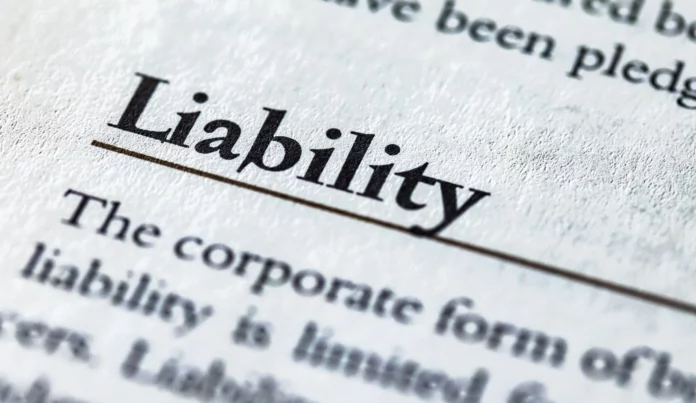Being classified as a high-risk driver can have significant implications on your auto insurance. But what exactly does it mean to be a high-risk driver and what are your options for insurance coverage? In this comprehensive guide, we will delve into the concept of high-risk drivers and high-risk insurance. We will define what constitutes a high-risk driver, explore the factors that contribute to this classification and discuss the insurance options available to individuals in this category. Whether you are a high-risk driver or seeking to understand the implications for insurance purposes, this article will provide valuable insights.
Understanding High-Risk Drivers
High-risk drivers are individuals who are considered more likely to be involved in accidents or file insurance claims compared to other drivers. The classification of high-risk can result from various factors, including a history of traffic violations, at-fault accidents, DUI convictions, or being a newly licensed or inexperienced driver. Insurance companies assess these risk factors to determine the likelihood of future claims and adjust premiums accordingly. It’s important to note that being labeled as a high-risk driver does not necessarily mean you are a bad driver, but rather that certain circumstances or behaviors contribute to the higher risk profile.
Factors that Contribute to High-Risk Classification
Several factors contribute to the classification of high-risk drivers. These may include:
- Traffic Violations: Accumulating multiple traffic violations, such as speeding tickets, red light violations, or reckless driving, can result in a high-risk classification.
- At-Fault Accidents: Being involved in at-fault accidents, especially multiple accidents within a short period, increases the risk assessment.
- DUI Convictions: Driving under the influence of drugs or alcohol is a significant risk factor, leading to higher insurance premiums and potential requirement for specialized coverage.
- Inexperience: Newly licensed or inexperienced drivers, such as teenagers or individuals who recently obtained their driver’s license, may be considered high-risk due to their lack of driving history and higher likelihood of accidents.
- Poor Credit History: In some cases, a poor credit history may also contribute to a high-risk classification, as it is seen as an indicator of potential financial irresponsibility.
High-Risk Insurance Options
For high-risk drivers, obtaining auto insurance can be more challenging and costly. However, specialized insurance options are available to provide coverage for individuals in this category. These options may include:
- High-Risk Insurance Providers: Some insurance companies specialize in providing coverage for these drivers. While premiums may be higher compared to standard policies, these providers cater specifically to individuals with a high-risk classification.
- Usage-Based Insurance: Some insurance companies offer usage-based insurance programs where premiums are determined based on driving behavior. Installing a telematics device in the vehicle allows the insurance company to monitor driving habits such as speed, distance, and braking. Safe driving behavior can result in lower premiums.
Ways to Improve Your Risk Profile
While being labeled as a high-risk driver can have financial implications, it is not a permanent status. By taking proactive measures, you can improve your risk profile over time and potentially qualify for standard insurance coverage. Some steps to consider include:
- Defensive Driving Courses: Completing defensive driving courses can demonstrate your commitment to safe driving and may earn you discounts or favorable consideration from insurance providers.
- Maintain a Clean Driving Record: Focus on driving responsibly and adhering to traffic laws. Over time, a clean driving record can help improve your risk profile.
- Improve Credit Score: Working on improving your credit score can positively impact your insurance premiums, as a better credit history is often associated with lower risk.
- Continuous Coverage: Maintaining continuous auto insurance coverage, even if it is through high-risk insurance providers, shows a commitment to responsible driving behavior.
Conclusion
Understanding high-risk drivers and the implications for insurance coverage is essential for those labeled as high-risk and those seeking insights into insurance options. Being classified as a high-risk driver may result from various factors, but it does not mean you cannot obtain coverage. Specialized insurance providers and coverage options exist to cater to the needs of these drivers. By focusing on improving your risk profile through safe driving habits, responsible behavior, and continuous coverage, you can work towards potentially qualifying for standard insurance coverage in the future. Remember, each insurance provider has different criteria and offerings, so it’s crucial to explore your options and consult with insurance professionals for personalized advice.







